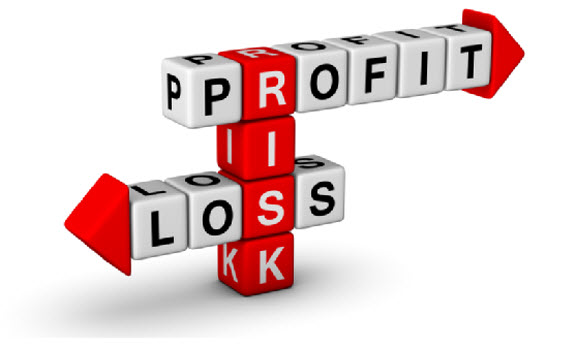In many ways McDonald’s is a barometer of economic activity in many areas of the world. It is intrinsically linked to local economies and economic activity so the latest quarterly figures were much anticipated. The third quarter saw earnings per share slightly less than expectations at $1.76 against a forecast $1.77. However, revenues beat estimates of $5.7 billion coming in at $5.8 billion and same store sales growth in the US hit 4.1% against expectations of 3.6%.
Long-term rebranding
There is no doubt that McDonald’s is in the midst of a long-term rebranding programme away from fast foods, although they will always play a major role, towards more healthy options and promotions. We know from accompanying comments with the third quarter results that promotions were behind the increase in same-store sales and this is likely to continue for some time to come. Continue reading “McDonald’s misses earnings forecast but beats revenue expectations”










